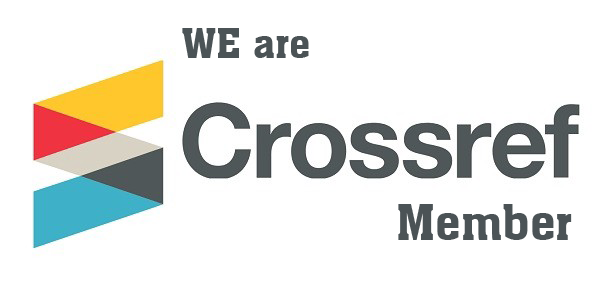Development of the Taylor rule monetary policy for an oil-exporting economy and potential adjustments to real GDP fluctuations and price levels, a study on Libya
DOI:
https://doi.org/10.54172/1devee07Keywords:
Oil price shock, Monetary policy, Taylor rule, SVAAbstract
This paper investigates the possibility of applying the monetary policy of Taylor's rule to developing-oil economies like Libya. For this purpose, this study develops a dynamic model of the Taylor rule including key factors that impact the Libyan monetary policy as the oil price shock, rule interest rate, exchange rate, output, and CPI differentials during the period 1984-2020. The SVAR approach and impulse response functions for the simulation in the short run and medium are conducted. The results show that the trade-off between the output and CPI can be diminished due to the dual use of the instruments of Taylor rule monetary policy including interest rate and exchange rate. The nominal interest rises immediately, as the nominal exchange rate appreciates. These reactions of interest rate and exchange rate retain inflation in check. Then, the exchange rate depreciates and returns to its steady state. As a result, the adverse impact on the real non-oil GDP growth is countered which leads to back to its target growth rate.
Published
Issue
Section
License
Copyright (c) 2024 Warda T I Alsaiaf (Author)

This work is licensed under a Creative Commons Attribution-NonCommercial 4.0 International License.
Copyright of the articles Published by Al-Mukhtar Journal of Economic Sciences (Mjes) is retained by the author(s), who grant Mjes a license to publish the article. Authors also grant any third party the right to use the article freely as long as its integrity is maintained and its original authors and cite Mjes as the original publisher. Also, they accept the article remains published by the Mjes website (except in the occasion of a retraction of the article). All Mjes Published articles under the Attribution-NonCommercial 4.0 International License.












